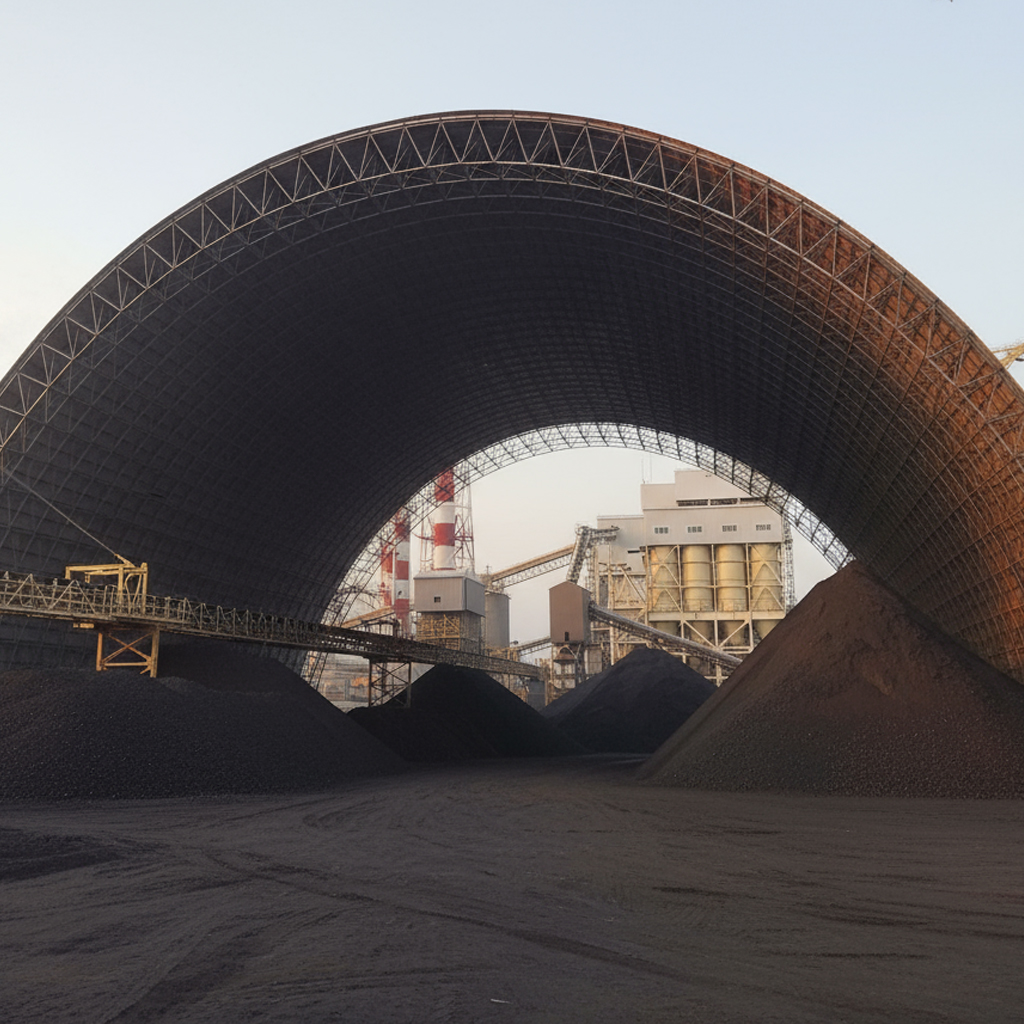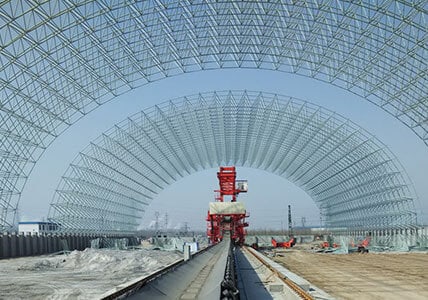Additives are chemicals and materials blended into base cement slurries to alter the performance of the cement. Due to the inherent nature of base cements (Neat, Portland and Pozzolanic) and because of the demands placed on the cement cover throughout the life of the structure, the performance properties of the cementing slurry are modified to address the specific and unique conditions of each structure.

Additives are used to enhance cement slurries in all wellbore conditions. Variations in additive concentration may cause significant changes in thickening time, compressive strength, and viscosity, so determining the optimum balance of additives to achieve a reliable annular seal, particularly in extreme or corrosive down hole conditions, can be complex. Thus, field-proven technical solutions, laboratory-driven empirical data from analytical tests, and finite element analysis models play an important role when engineering an optimised slurry blend
| Additives, Chemical or Material | Challenge | Results |
| Accelerators | Staged casing operations | Control the time for a slurry to set. |
| Hydrocarbon responsive agents | Sustained casing pressure | Material embedded in the sheath able to seal flow paths in and around cement sheath in the event of any flow of unwanted hydrocarbons |
| Dispersants | Deep offshore wells Long horizontal wells High temperatures Ultra-deep wells |
Mix more easily and lower friction during pumping. |
| Fluid loss additives | Deep offshore wells Long horizontal wells High temperatures Ultra-deep wells |
Retain proper water levels rather than allow pressure differential to reduce the water content, thus ensuring the integrity of the designs for viscosity, thickening time, theology and compressive-strength development. |
| Gel strength modifiers | Gas migration | Shorten the transition time from slurry to hard set to resist gas channeling through the unset cement. |
| Latex systems | High formation pressures Corrosive elements |
Reduce permeability of the cement sheath and improve the ability for solids to remain suspended in the slurry |
| Light-weight additives | Weak formations | Yield slurries 25% lighter than water yet with desired mechanical properties maintained. |
| Non-Portland systems | Corrosive elements downhole (i.e. CO2 injector wells / CO2 storage wells) | Increase resistance to corrosion that can destabilize the bonding. |
| Retarders | Deep offshore wells Long horizontal wells High temperatures Ultra-deep wells |
Control the time for a slurry to remain fluid and pumpable. |
| Weighting agents | High formation pressures | Increase cement density to restrain formation-fluid flow back while improving mud displacement and cement placement. |
Additive Storage:
We would like to propose Large Span Steel Shed, which can be used to cover Additive; it can built with a span of up to 150 m and height of up to 40 m.
The construction systems uses mild steel in case of Additive storage, no welding is required because the connection of the member consists of a very efficient moment-resistant mechanical joint. Additive storage shed may be built in single- or double-layer configurations, depending on the load and span. Experience suggests large spans are required in Additive storage , a-double-layer is the most cost-effective
Additive storage sheds are often built over operating stockpiles since construction can proceed without interrupting operations. Because our erection process does not require machines to be installed internal periphery of the span.
Roofing of the structure:
Galvalume is typically use for roofing purpose, Galvalume is lustrous spangled appearance is attractive enough to be used without painting. The GALVALUME sheet is a unique product which is suitable for heating and ventilation applications. It has better resistance towards oxidation and can withstand temperatures up to 315°C without discoloration. This feature of Galvalume enables us to use on limestone shed for roofing purpose.
Key Features
- Smooth Surface and uniform spangled appearance
- Excellent quoting with anti-fingerprint to ensure better appearance and longer life
- Surface treatment as per ROHS (Restriction On Hazardous Substance) norms
- Wider thickness range with tighter tolerances to ensure precision in end-applications
Advantage of Additive storage shed:
- For achieving effective prevention and control of potential fugitive emission
- Lesser Operation and Maintenance cost
- Comply with current environmental guidelines by CPCB (Central Pollution control board)
- Protection from weird environmental condition
Conclusion:
Our Structure is fully Complying with new environmental regulations for air quality, Prevention and control of fugitive emission. Instead of investing in temporary solution, it is recommended to adopt permanent solution. Our solutions presented here not only allow affordable compliance, but also enhance the reputation of your plant. In addition, one time investment is much more economical than the periodic investments
Additive storage shed manufacturers in India who provide In-house Design Fabrication and Installation



